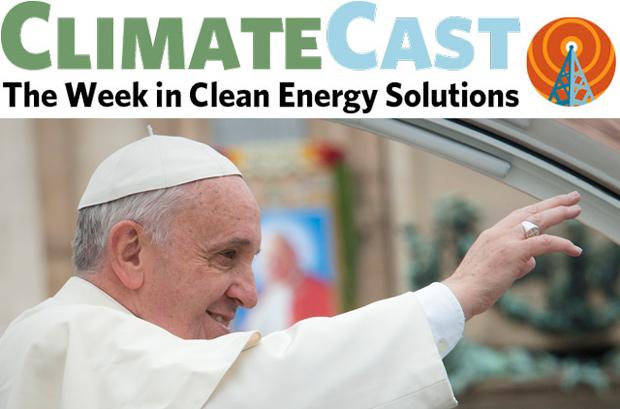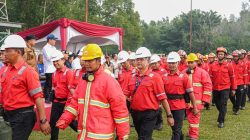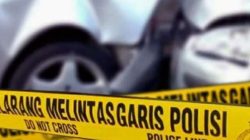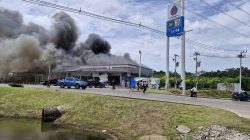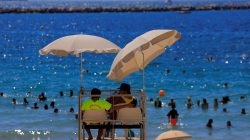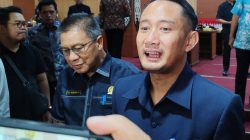A New Ecological Vision from the Pope
Pope Leo XIV recently led the first papal Mass using a new set of prayers and readings inspired by Pope Francis’ environmental legacy. The event took place in the gardens of the Vatican’s new ecological educational center at the papal summer estate in Castel Gandolfo. This Mass marked a significant continuation of the environmental focus that Pope Francis has championed throughout his pontificate.
Wearing flowing green vestments, Pope Leo celebrated the liturgy in front of a statue of the Madonna and at the foot of a reflecting pool, surrounded by lush green gardens on an unusually cool summer day. He emphasized the need for the world to change its mindset about the planet and the causes of “the world to burn.”
“We must pray for the conversion of so many people, inside and out of the church, who still don’t recognize the urgency of caring for our common home,” he said. “We see so many natural disasters in the world, nearly every day and in so many countries, that are in part caused by the excesses of being human, with our lifestyle.”
An Encyclical Inspires a Movement
The private Mass was attended by approximately 50 staffers of the Laudato Si center, named after Pope Francis’ 2015 environmental encyclical, “Laudato Si.” This encyclical highlighted the exploitation of the Earth and its most vulnerable people by wealthy countries and multinational corporations.
Pope Leo approved the new Mass formula “for the care of creation,” adding it to the list of 49 Masses developed over centuries for specific needs or occasions. The formula was crafted in response to requests stemming from the encyclical, which has inspired a significant church movement focused on educating, advocating, and sensitizing the world to the biblical call to care for nature.
As history’s first American pope, Leo has shown a commitment to continuing Francis’ ecological legacy. His experience as a missionary in Peru gave him firsthand insight into the effects of climate change on vulnerable communities. He has consistently spoken out about the need for climate justice, particularly for Indigenous peoples.
In a message for the church’s annual day of prayer for creation, Leo criticized the “injustice, violations of international law, and the rights of peoples, grave inequalities, and the greed that fuels them” that lead to deforestation, pollution, and biodiversity loss. He clearly identified “climate change provoked by human activity” as the root cause.
A Mass in Nature’s Cathedral
Pope Leo celebrated the Mass during the first days of his vacation at Castel Gandolfo, a hilltop town overlooking Lake Alban. He arrived on Sunday and will spend an initial two weeks there before returning to the Vatican and then heading back in August.
He described the setting as “a natural cathedral,” surrounded by plants, flowers, and nature. He emphasized that humanity’s mission is the same as Christ’s: to protect creation and bring peace and reconciliation in the world.
“We hear the cry of the earth, we hear the cry of the poor, because this cry has reached the heart of God,” he said. “Our indignation is his, our work is his.”
Archbishop Vittorio Viola, a Vatican official who helped craft the new liturgy formula, called the celebration in the gardens “ideal” due to its natural and symbolic significance. He noted that Pope Francis envisioned the location as a “Laudato Si laboratory,” emphasizing a theological understanding of creation that leads to action.
A Carbon-Neutral Vatican
In another indication of his environmental commitment, Pope Leo has expressed plans to execute one of Francis’ most important ecological legacies: the development of a 430-hectare (1063-acre) field in northern Rome into a solar farm. This project would generate enough electricity to meet the Vatican’s needs, making Vatican City the world’s first carbon-neutral state.
The development requires an investment of just under 100 million euros (about $117 million) and needs the approval of the Italian parliament since the territory enjoys extraterritorial status that needs to be extended.
Last year, Pope Francis tasked a commission of Vatican officials with developing the Santa Maria di Galeria site, which had been controversial due to electromagnetic waves emitted by Vatican Radio towers there.
Pope Leo visited the site in June and called it a “wonderful opportunity.” He told RAI state television that the creation of such a farm would set “a very important example: we are all aware of the effects of climate change, and we really need to take care of the whole of creation, as Pope Francis has taught so clearly.”

